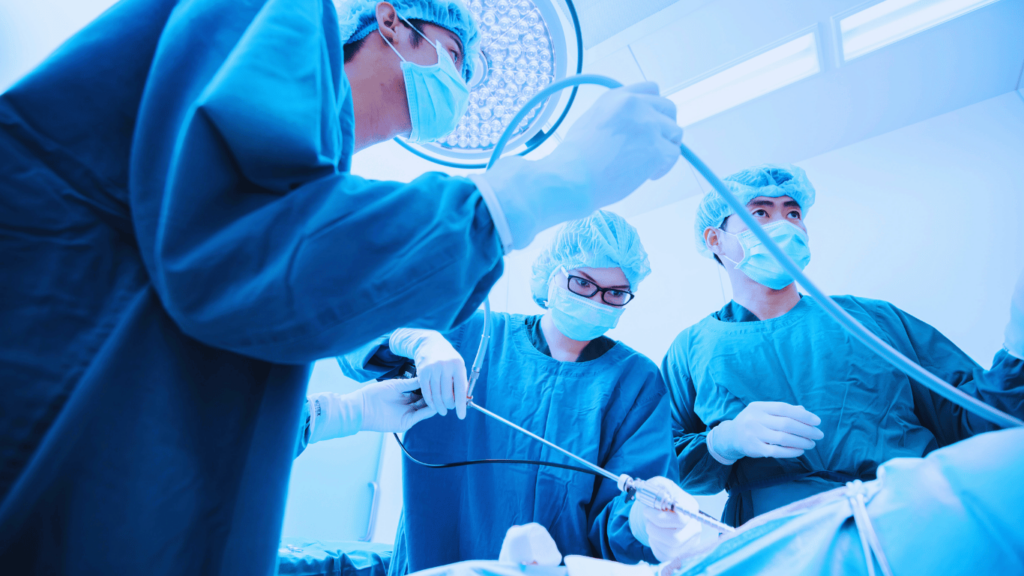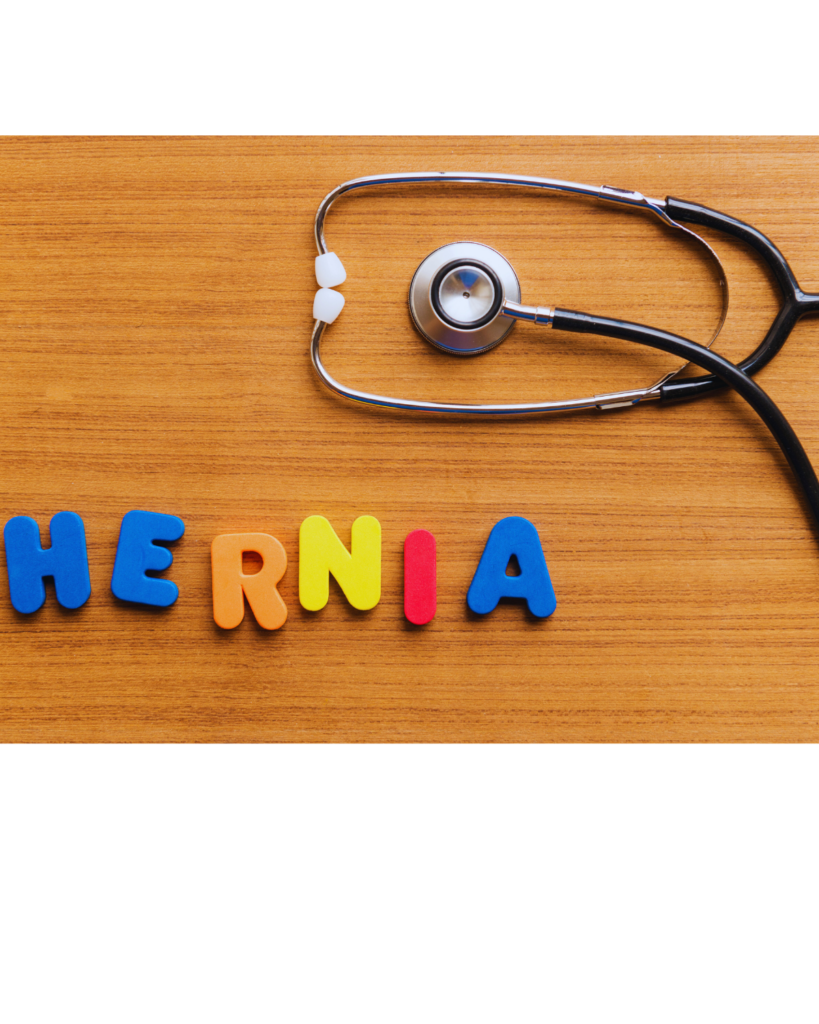What is breast cancer?
Breast cancer, also known as carcinoma of the breast, starts when a single cell in the tissue of that breast starts to divide and grow in an abnormal way. There are different types of breast cancer and it is important that an accurate diagnosis is made so that the most appropriate treatment can be planned. […]
What is Adductor injury?
An adductor strain is a common problem amongst athletes and sportsmen and women. The adductor muscle can be injured when there is a forced push off or if the leg is taken forcefully out to the side. Very high forces can be put through the adductor muscles and tendons when an athlete suddenly changes direction […]
Laparoscopic Hernia Repair: What You Need to Know

A hernia occurs when tissue or part of an organ protrudes through a weak spot in the abdominal muscles. Laparoscopic hernia repair is a technique used to fix hernias with as little surgery as possible. Unlike traditional open surgery, laparoscopic hernia repair involves making small incisions through which surgical tools and a camera are inserted […]
Incisional Hernia Repair
An incisional hernia occurs when abdominal contents push through a weakness in the muscle wall at the site of a previous surgical incision. This type of hernia often develops after abdominal surgery, especially if the wound did not heal properly or if there was excessive strain on the area during recovery. Incisional hernias can vary […]
Epigastric Hernia
An epigastric hernia occurs in the upper abdominal region, above the umbilicus, where there may be a weakness in the linea alba – the connective tissue that joins the muscles on either side of the abdomen. This weakness can allow abdominal contents, such as fatty tissue (omentum) or bowel, to protrude through, forming the hernia. […]
Umbilical Hernia: Everything You Need to Know

An umbilical hernia occurs when a portion of your abdominal contents (fatty tissue between organs or parts of organs) pushes through a weak spot near your belly button. It’s a common condition that can affect anyone, but it’s particularly prevalent among women during or after pregnancy, due to the increased strain on the abdominal area. […]
Inguinal Hernia
An inguinal hernia occurs when abdominal contents, such as part of the intestine, protrude through a weak spot or hole in the muscles of the groin at the top of your inner thigh. Direct inguinal hernias and indirect inguinal hernias are the two main types, with the latter being more common. The appendix can sometimes […]
Femoral Hernia
Understanding Femoral Hernia A femoral hernia occurs when abdominal tissues, such as fat or a portion of the intestine, push through a weak spot in the femoral canal, a small passageway near the groin through which blood vessels pass. While this condition can affect both men and women, femoral hernias are more common in women […]
Hernia: Causes, Symptoms and Treatment

The word “hernia” is derived from Latin, and means “rupture”. While a hernia doesn’t indicate that an organ has itself ruptured or torn, it refers to how a hernia occurs; when an internal part of the body pushes through a weakness in the surrounding muscle or tissue wall. Commonly affecting areas like the abdomen and […]
What is Osteitis pubis?
Osteitis pubis is a term given to lower abdominal and / or pelvis pain that can occur in athletes. It is an inflammation which is usually caused due to stress or overuse of the soft tissue and bone around the pubic symphysis. Typically, it causes pain towards the middle of the pelvis, at the front. […]